Get PeakVisor App
Sign In
Search by GPS coordinates
- Latitude
- ° ' ''
- Longitude
- ° ' ''
- Units of Length

Yes
Cancel
Share ×

Scan the QR code and open PeakVisor on your phone
❤ Wishlist ×
Choose
Delete
The Dolina Pčinja River Valley protected area features unique rock formations along the Pčinja River. It runs along the Serbia-Macedonia border. The Pčinja River is most known as one of the cleanest rivers in Serbia and is a haven for aquatic wildlife. 10 named mountains are within the protected area of the Dolina Pčinja; Virovi (1,284 m / 4,213 ft) is the highest, while Staračka Kula (940 m / 3,084 ft) is the most prominent.

The Dolina Pčinja is situated in the southeastern part of Serbia. It encompasses the foothills of Mount Kozjak and the Starac mountain, along with the valley of the Pčinja River. The protected area falls under the jurisdiction of the Bujanovac municipality, which is part of Southern Serbia.
The Pčinja River originates from various streams on the western slopes of Dukat Mountain, converging at the village of Radovnica. It forms a micro-region called Pčinja, with its central hub being the municipal seat of Trgovište.
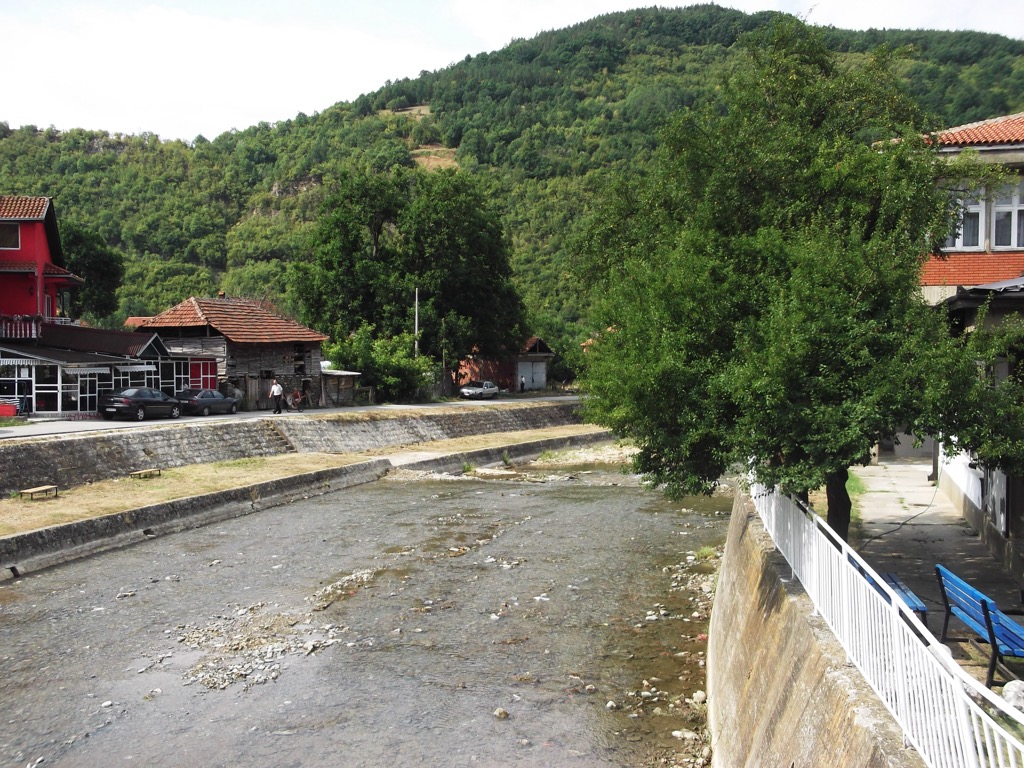
After passing by the northern side of Široka Planina, the Pčinja River reaches the small village and monastery of Prohor Pčinjski in the valley. After flowing 52 km (32.3 mi) within Serbia, the river crosses the Macedonian border for the remaining 83 km (51.6 mi) of its course.
The Pčinja River meanders gently through the central part of this valley (northeast to southwest direction). The Dolina Pčinje protected area covers a total area of 2,606 ha (6,447 acres). The climate in this area is moderately continental, influenced significantly by the Mediterranean climate penetrating through the Pčinja Valley.
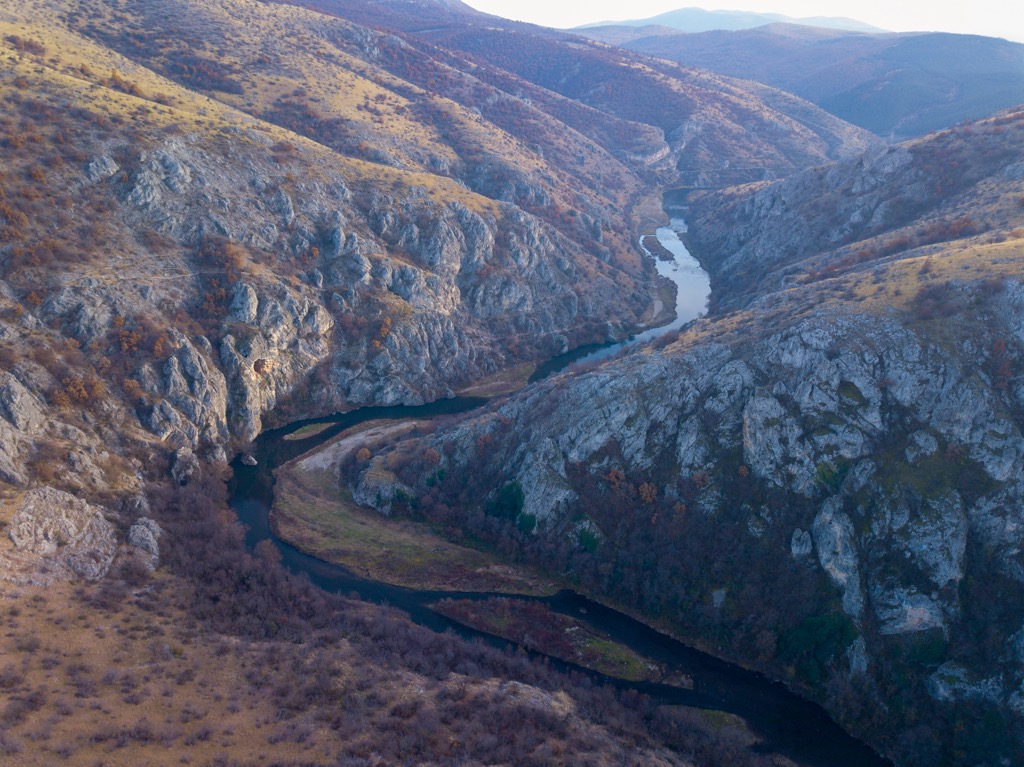
The Pčinja River serves as a border between Serbia, where its sources are located, and the Vardar River in Macedonia, where it flows into. The river's upper course spans the territory of Serbia, while the middle and lower courses extend into Macedonia.
Pčinja is one of the major watercourses within the Aegean basin, covering 2.2% of Serbia's territory. In its source region, it is called Crna Reka, named Tripušnica between the settlements of Radovnica and Trgovište, and becomes the Pčinja downstream of Trgovište.
Within the boundaries of the protected natural area, the Pčinja River's course stretches approximately 12.8 km (7.95 mi). The high mountains in this region include Besna Kobila, Kozjak, and Starac. Just under 2 km downstream from Trgovište, on the right bank of the river, imposing dome-shaped rocks known as Vražji Kamen (Devil’s Rock) rise, reaching about 50 m (164 ft) in height.
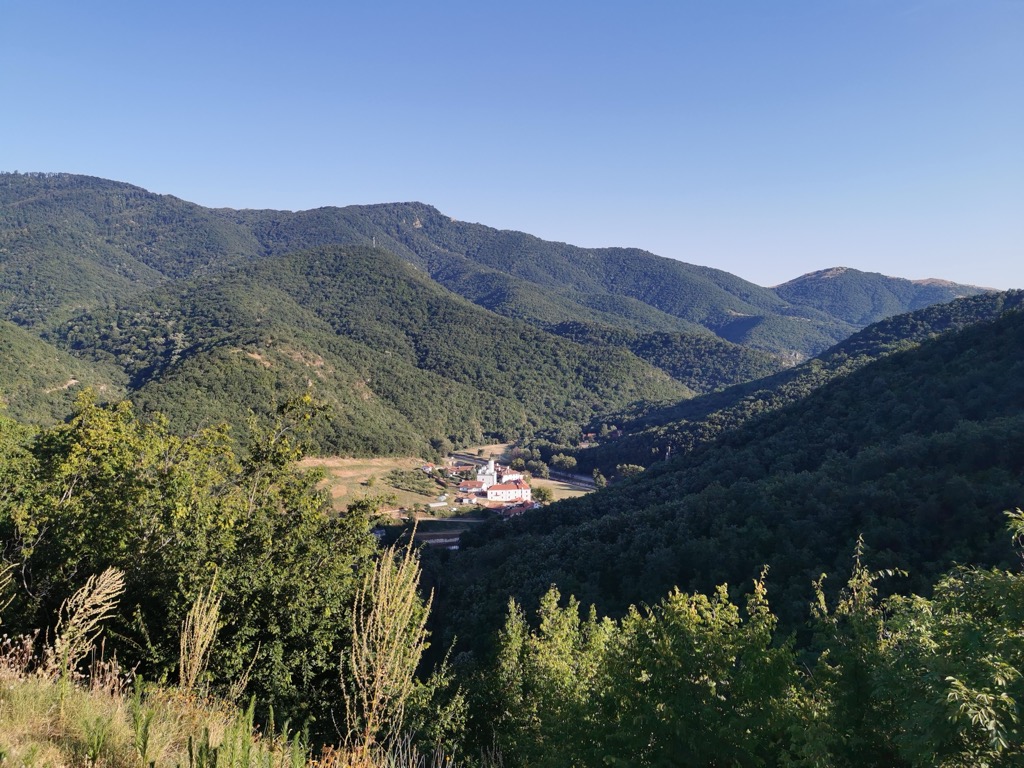
The river’s geologic and hydrologic features influence the abundance and diverse plant life in the Pčinja Valley. The forest vegetation exhibits a relict character, with distinct old-growth communities developing in sheltered habitats.
The valley is rich in vegetation, allowing for the development of biologically diverse areas. Various forest types and scrub areas contribute to the unique landscape, including the vegetation on rocky cliffs like the Kozjak forest complex.
Due to specific site conditions and the influence of Mediterranean and continental climates, this region represents the northern/southern border distribution for many species. The valley hosts over 1,000 species of plants, while research indicates the presence of over 140 species of medicinal plants in the Pčinja River Valley.
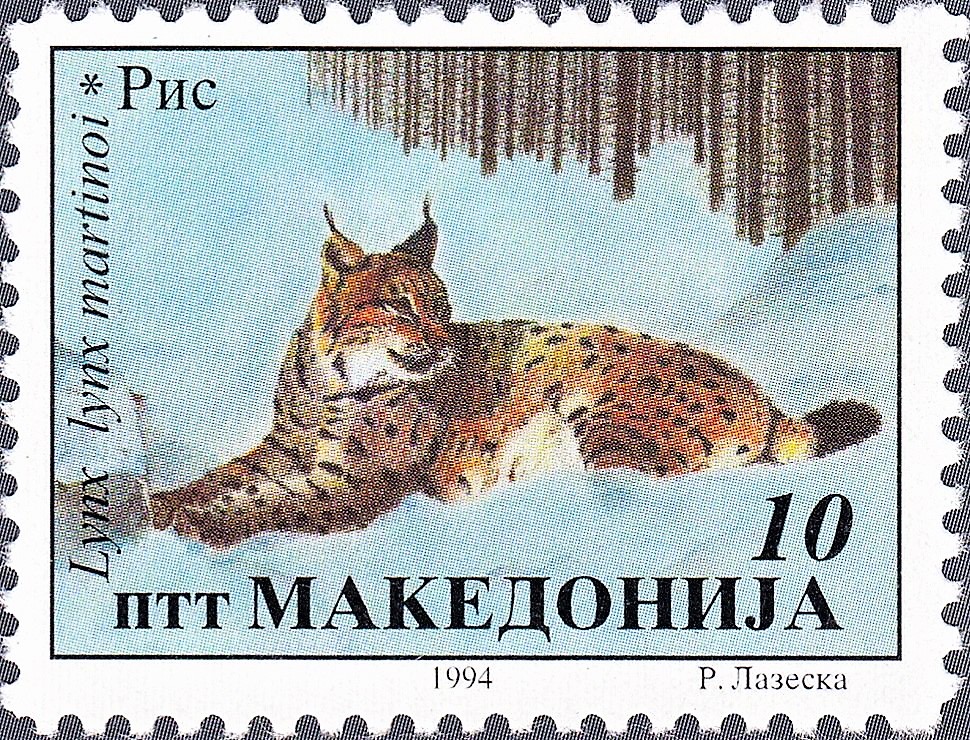
The valley is also home to diverse animal species. Almost half of mammals in Serbia, totaling 51 species, inhabit the Pčinja River Valley. Large mammals are present, particularly wolves, foxes, wildcats, and stone martens. The Balkan lynx stands out as the region's most threatened large mammal.
The river's sloping cliffs and wooded mountains provide a habitat for a variety of bird species, contributing to bird protection efforts in Serbia and Europe. The Pčinja River Valley is recognized as an "Important Birds Area in Europe," listed by BirdLife International in 2000.
The area hosts at least 67 recorded bird species, including notable species like the Rock Partridge, Long-legged Buzzard, Black-eared Wheatear, Egyptian Vulture, Woodchat Shrike, and various woodpecker species. The total species diversity is likely higher, but additional species haven’t yet been recorded.
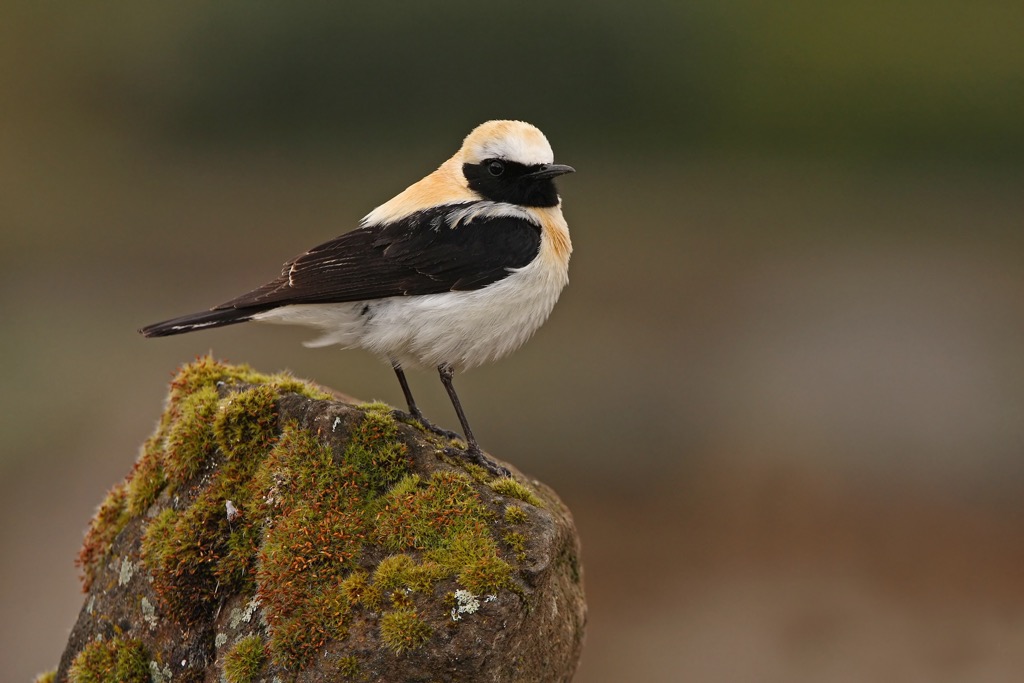
The Pčinja Valley holds cultural and historical significance, highlighted by the Saint Prohor Pčinjski Monastery, which dates to the eleventh century.
Situated on the border with the Republic of Macedonia, this monastery, one of the oldest in Serbia, graces the wooded slopes of the Rujan and Kozjak Mountains along the left bank of the Pčinja River, approximately 30 km (18.6 mi) south of Vranje.
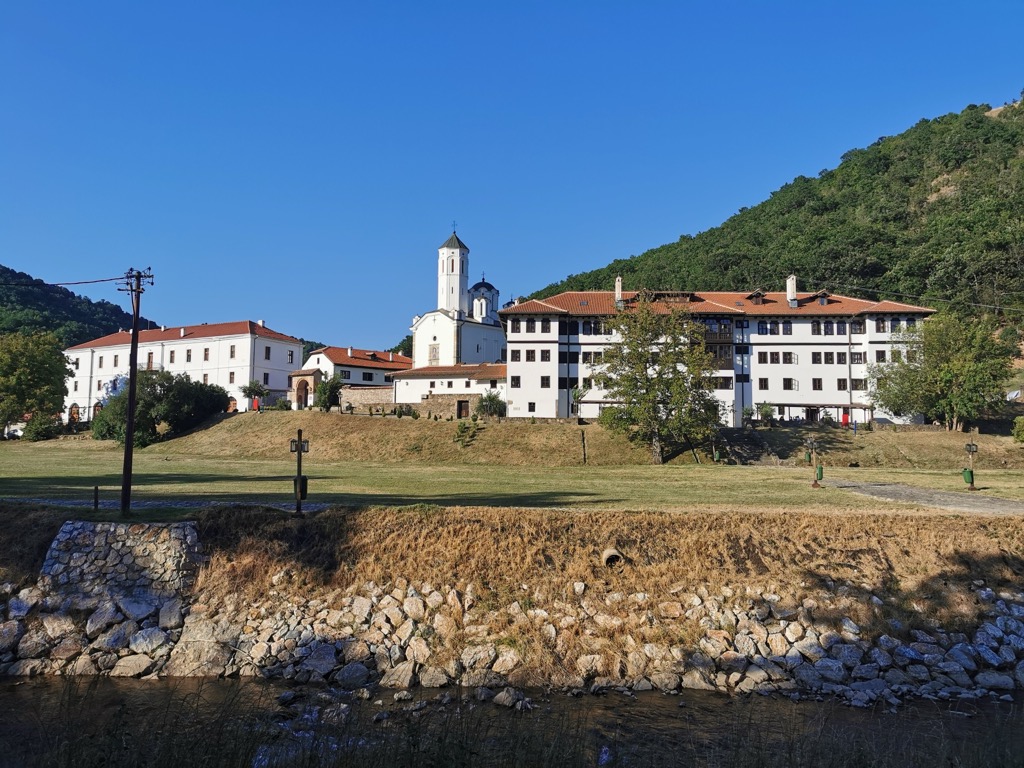
The Monastery is dedicated to Saint Prohor, who spent his monastic life in the secluded Nagoricano Mountains. Legend has it that Romanus Diogenes, a Byzantine military commander, encountered a hermit named Prohor in the tenth century. Prohor prophesied that Diogenes would become emperor, and eventually, Romanus IV Diogenes rose to that title.
However, Diogenes forgets about Prohor, which leads to a rebuke in his dream. Mistakingly seeking Prohor here, Diogenes does not find him and instead builds a temple dedicated to the Saint. Additionally, the Hermitage of Saint Prohor, where Prohor lived and died, is found on the slopes of Mount Kozjak.
Despite subsequent disasters, the monastery still stands today, with its magnificent church constructed in 1878 after liberation from the Turks. In 1996, the Serbian government declared the Pčinja River Valley a natural asset of significant importance. In 2003, an amendment extending the protected area was passed, incorporating the monastery's surroundings.
Regular hiking tours to the hermitage of St. Prohor Pčinjski are organized with the accompaniment of a nature guide. The route takes you through ancient oak forests, with hilly terrain requiring physical preparedness. Each tour can accommodate a maximum of about twenty people. For those unable to hike, the protected area administration provides jeep transportation thrice daily. The route can be completed in two to three hours in both directions and is 2.8 km (1.74 mi) long.
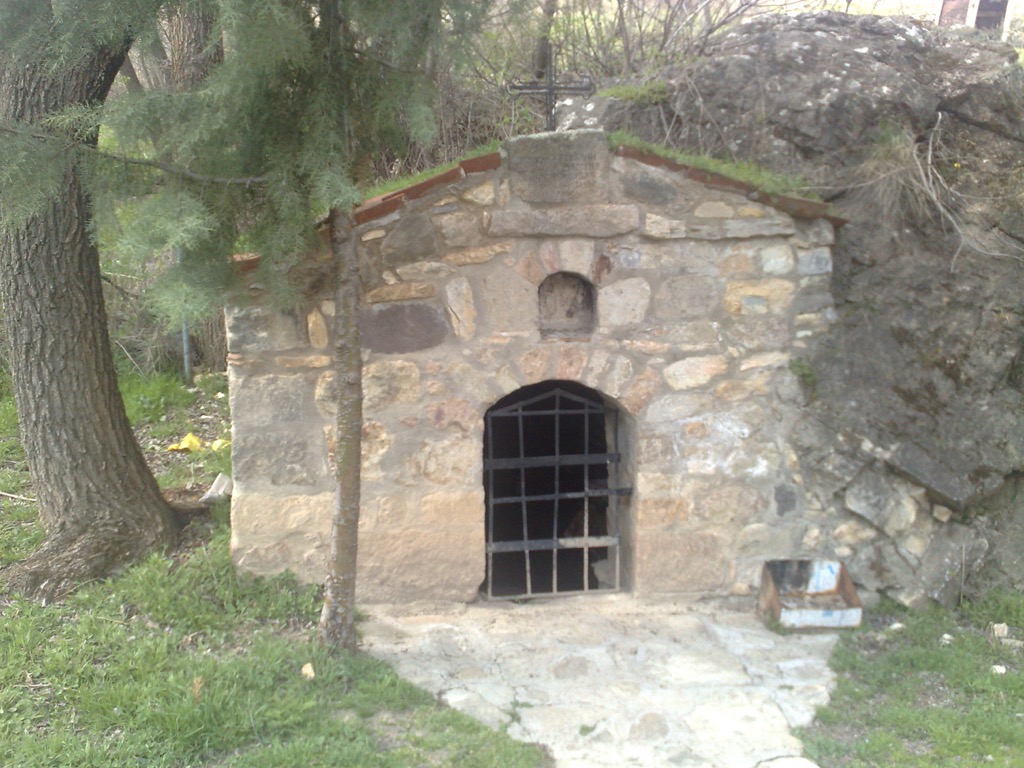
The trail leading to the summit of Kozjak Mountain's highest point, Virovi Peak (1,285 m/4,216 ft), spans a relatively short distance of 7 km (4.35 mi) but presents a challenging incline. After a two-and-a-half-hour ascent, one will be rewarded with breathtaking views. If wanted, you can also cover a distance of 8 km (4.97 mi), eventually reaching the Mala Reka River. The hike ends in the village of Novo Selo.
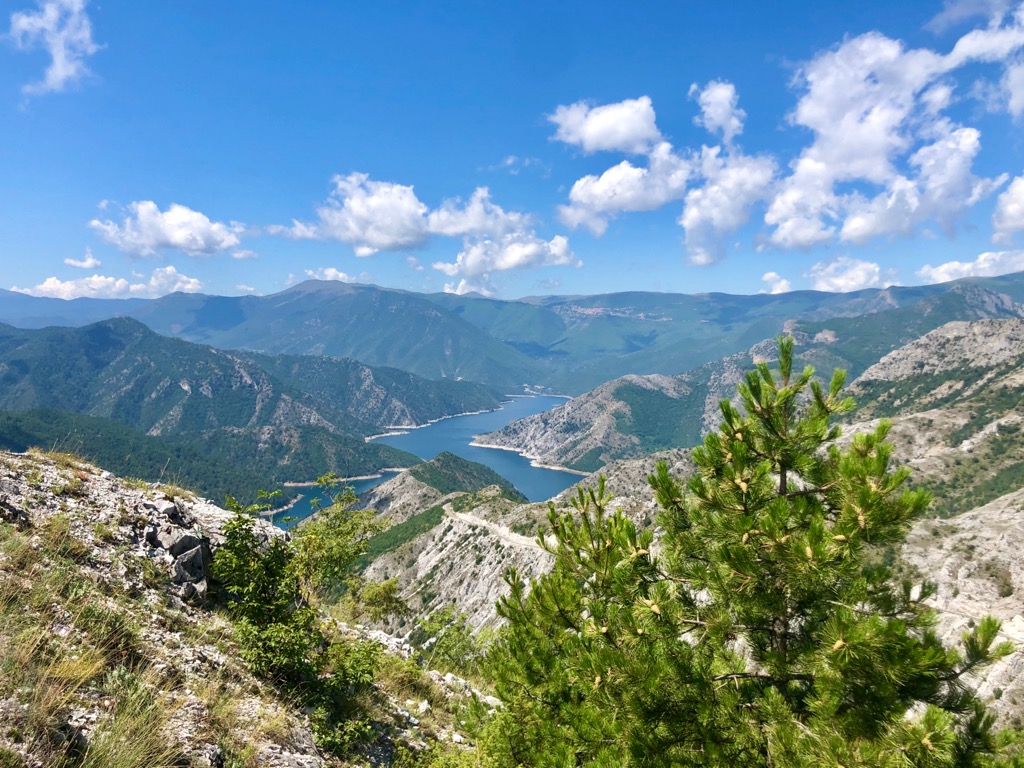
Skopje is a vibrant city with a population of approximately 550,000. The cityscape is adorned with notable landmarks like the Stone Bridge, the Skopje Fortress, and the iconic statues along Macedonia Square. The diverse culinary scene and lively markets add to this city's allure.
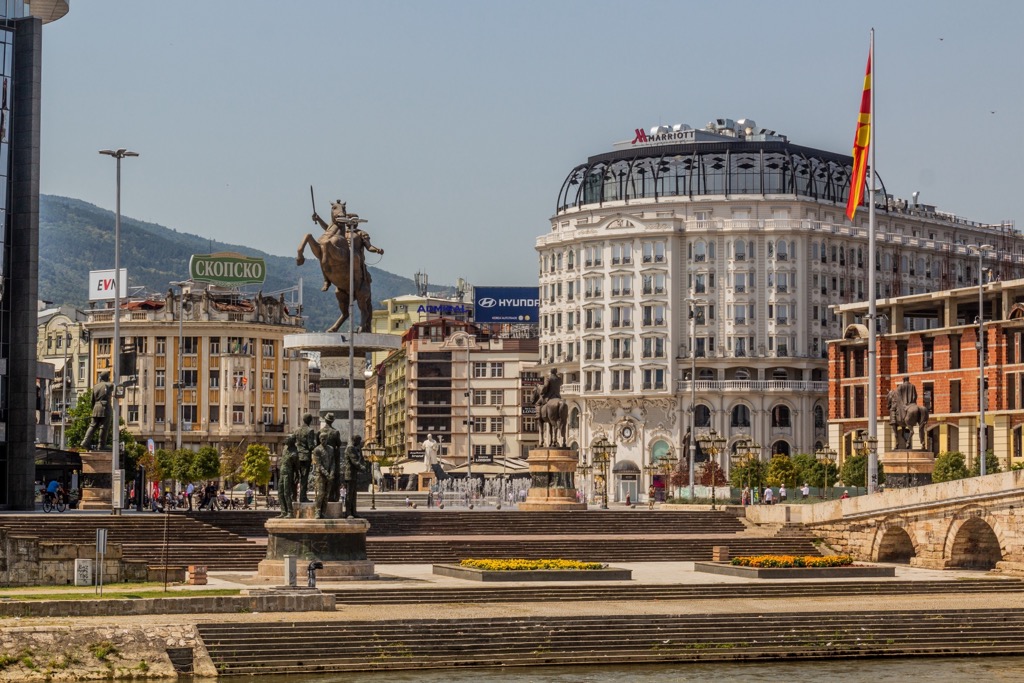
Nestled in the southern part of Serbia, Vranje is a picturesque city with a population of approximately 80,000. It is surrounded by forests and hills, including the Besna Kobila Mountains, and features landmarks such as the medieval Vranje Fortress.

Explore Pčinja River Valley with the PeakVisor 3D Map and identify its summits.








